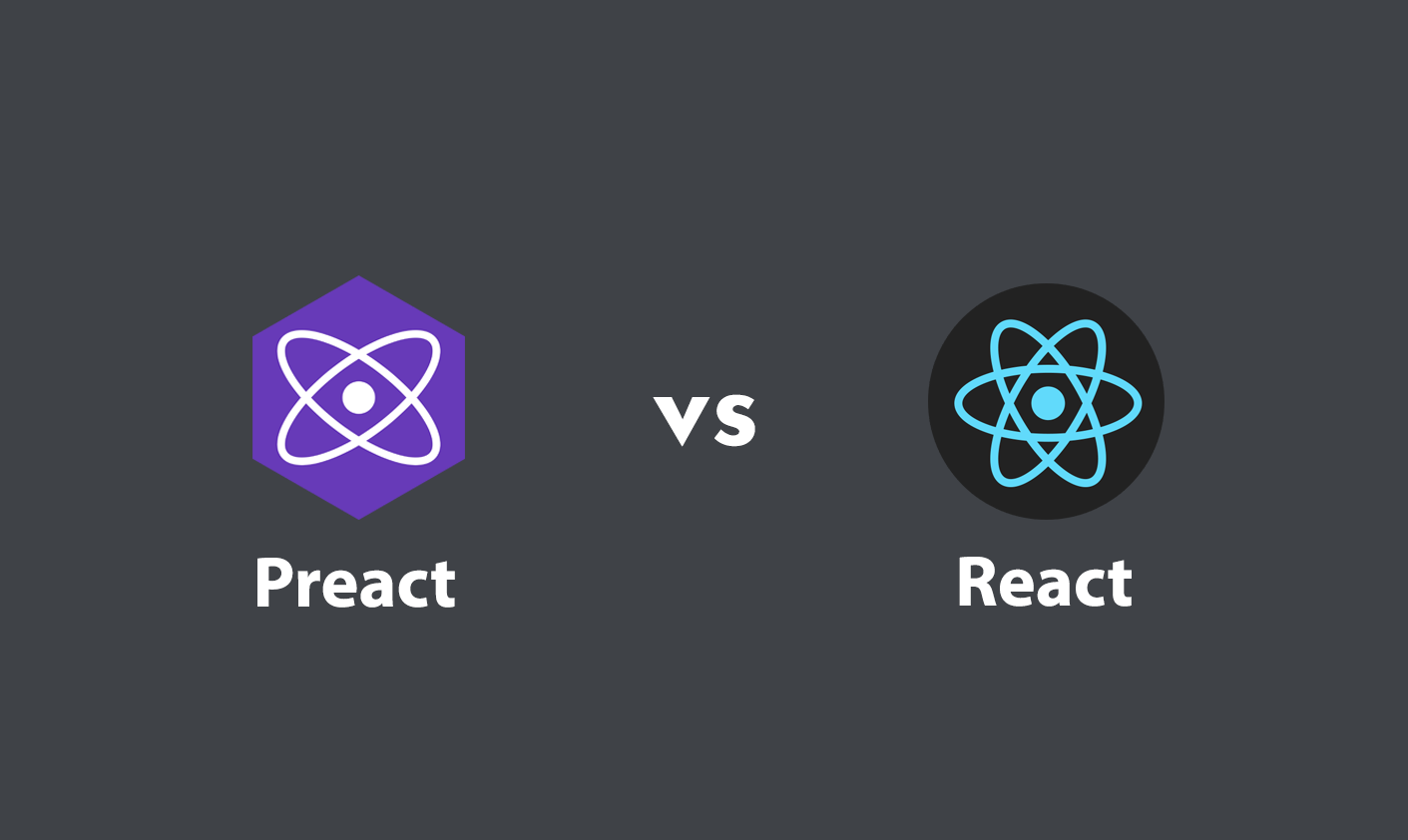
React has long held a prominent position among the top JavaScript libraries. But when it comes to performance, libraries such as Svelte and Qwik have been gaining popularity.
Preact is another such library that is gaining traction due to its lightweight design and compatibility with React.
This article will delve into the differences between these two libraries, helping you decide which one is best suited for your project.
What is Preact?
Preact is a JavaScript library designed to be an efficient and lightweight alternative to React.
Weighing only 3KB, it enables quick transfers from server to client and optimizes load times.
Preact's small virtual DOM and compatibility with React make it a good choice for building high-performance apps. Developers can take advantage of React's vast library and ecosystem, making Preact a versatile and powerful tool.
Companies like Lyft and Uber have already taken advantage of Preact's capabilities.
When to Choose Preact over React
Compatibility with React: Preact is fully compatible with React, allowing developers to implement most traditional React features and pull in extra components if needed.
Smaller Size: Preact's smaller size can lead to impressive response times, making it an ideal choice for apps that prioritize performance.
Ideal for MVPs: Preact is well-suited for building Minimum Viable Products (MVPs) due to its ability to quickly develop the basic functionality of an application.
Great for PWAs: Preact is a popular choice for building Progressive Web Applications (PWAs), which are websites designed to look and act like mobile apps.
When to Choose React over Preact
Mature Framework: React is a more mature framework compared to Preact, offering more features and a wider range of developer tools and resources.
Vast Ecosystem: React's vast ecosystem and lively community offer plenty of resources and support, making it a great choice for more intricate projects.
Advanced Features: If your project requires any advanced features or capabilities that Preact doesn't offer, you may want to consider using React instead.
Performance Comparison
Preact has a faster and more efficient virtual DOM implementation than React, making it well-suited for building high-performance applications. If performance is a key concern for your project, Preact may be a better choice.
Preact's lightweight design makes it an ideal choice for building complex PWAs – it helps reduce your application's load time and can easily perform well on a variety of devices. Its high-performing virtual DOM also ensures a smooth and responsive user experience.
Conclusion
The decision between React and Preact ultimately depends on your project's specific needs and requirements. While React offers a more feature-rich and flexible API, Preact shines in its small size, speed, and compatibility with React.
If your project requires a more complex and flexible API, or if you're looking to leverage a vast ecosystem and community, React may be the better choice. On the other hand, if you're prioritizing speed, optimization, and a smaller bundle size, Preact could be the ideal fit.
In the end, both libraries have their strengths and can be used effectively depending on the context. It's crucial to carefully consider the trade-offs of each framework and choose the one that best meets the needs of your project. Whether it's React or Preact, both offer powerful tools for building dynamic user interfaces in JavaScript.
